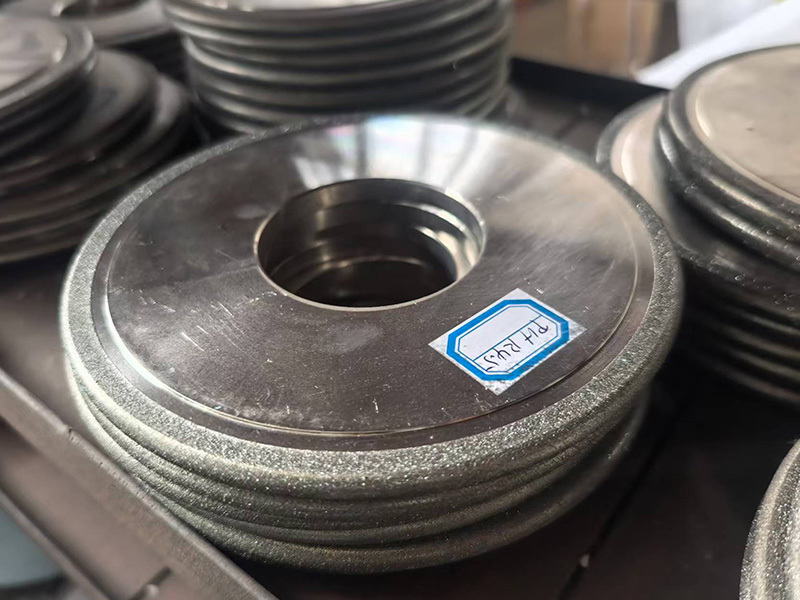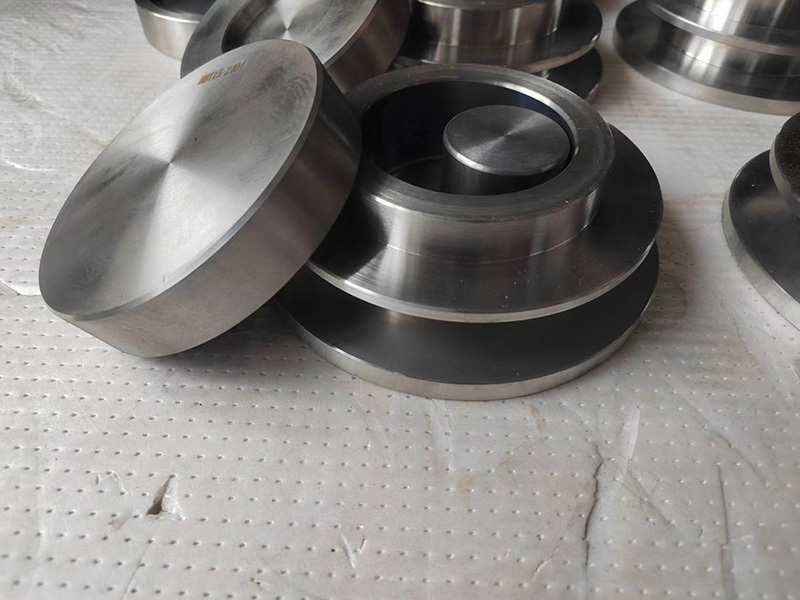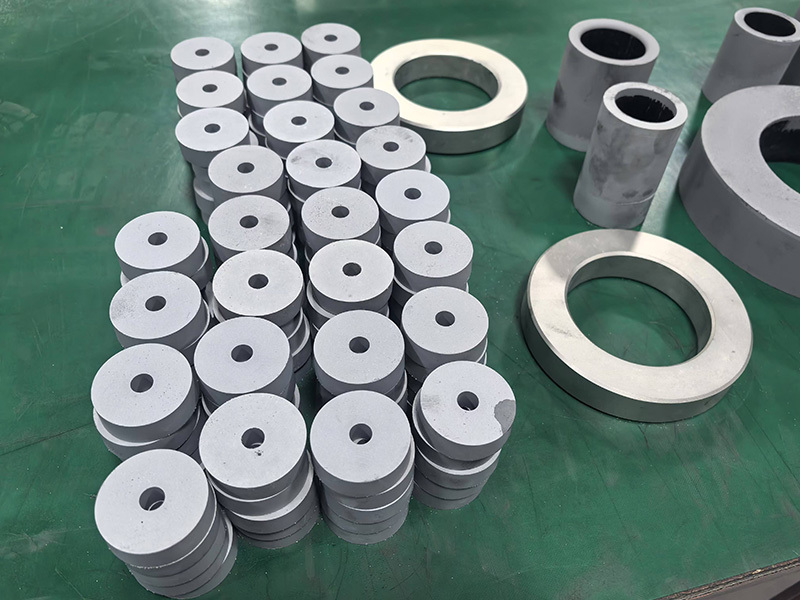Understanding the Working Principles of Hard Alloy Molds
The Backbone of Manufacturing: Hard Alloy Molds
When it comes to manufacturing, the tools and processes we use can make or break the quality of our products. One such tool that stands out in the industry is the hard alloy molds. Known for their exceptional durability and precision, these molds are pivotal in producing various components across multiple sectors. But what exactly makes them tick? Let's dive into their working principles!
What Are Hard Alloy Molds?
Before we get into the nitty-gritty, let's clarify what hard alloy molds are. Essentially, they're made from materials composed of tungsten carbide and other hard compounds, which give them unrivaled hardness and resistance to wear. This means they can withstand significant stress and high temperatures, making them a go-to choice for manufacturers.
The Science Behind the Magic
Now, onto the juicy stuff! The working principle of hard alloy molds revolves around a few key factors:
- Heat Resistance: Thanks to their composition, these molds can endure extreme conditions without deforming. This is crucial in processes like injection molding, where molten materials are injected into the mold under high pressure.
- Durability: Hard alloy molds can be used repeatedly without significant wear and tear. This longevity leads to cost savings in the long run, as manufacturers won't need to replace their molds as often.
- Precision Engineering: The accuracy with which hard alloy molds are manufactured contributes to the high-quality output of products. They ensure that each piece produced is up to spec, reducing waste and rework.
Common Applications
So, where do we see hard alloy molds making their mark? They're used in a variety of applications, including:
- Automotive Industry: From engine components to body panels, hard alloy molds are essential for producing parts that require high precision.
- Electronics: Molding intricate shapes for circuit boards and casings is a breeze with these robust molds.
- Consumer Goods: Think about the plastic containers or tools we use daily—many of them were shaped by hard alloy molds!
How They Work: A Step-by-Step Breakdown
Let's break it down further. The process of using hard alloy molds generally follows these steps:
- Design: It all starts with a solid design. Engineers create precise designs tailored to the product specifications.
- Material Preparation: The hard alloy is prepared and shaped into the required mold form.
- Heating: In many scenarios, the mold is heated to facilitate the flow of the molten material.
- Injection: The molten material is injected into the mold under high pressure, filling every nook and cranny.
- Cooling: Once the material has set, the mold is cooled to ensure the final product retains its shape.
- Demolding: Finally, the product is removed from the mold, ready for further processing or assembly.
Benefits of Using Hard Alloy Molds
Alright, so why should manufacturers stick with hard alloy molds? Here are a few compelling reasons:
- Cost Efficiency: Although the initial investment might be higher, their durability leads to lower long-term costs.
- Quality Assurance: Consistent quality is achievable, which is vital in competitive markets.
- Versatility: They can be used for a wide range of materials, including plastics, metals, and composites.
In Conclusion
In the fast-paced realm of manufacturing, understanding the working principles of hard alloy molds can provide a significant edge. Their durability, precision, and versatility make them indispensable tools for various industries. Whether you're in automotive, electronics, or consumer goods, investing in high-quality hard alloy molds might just be the key to your success!
Tags:
Related news










